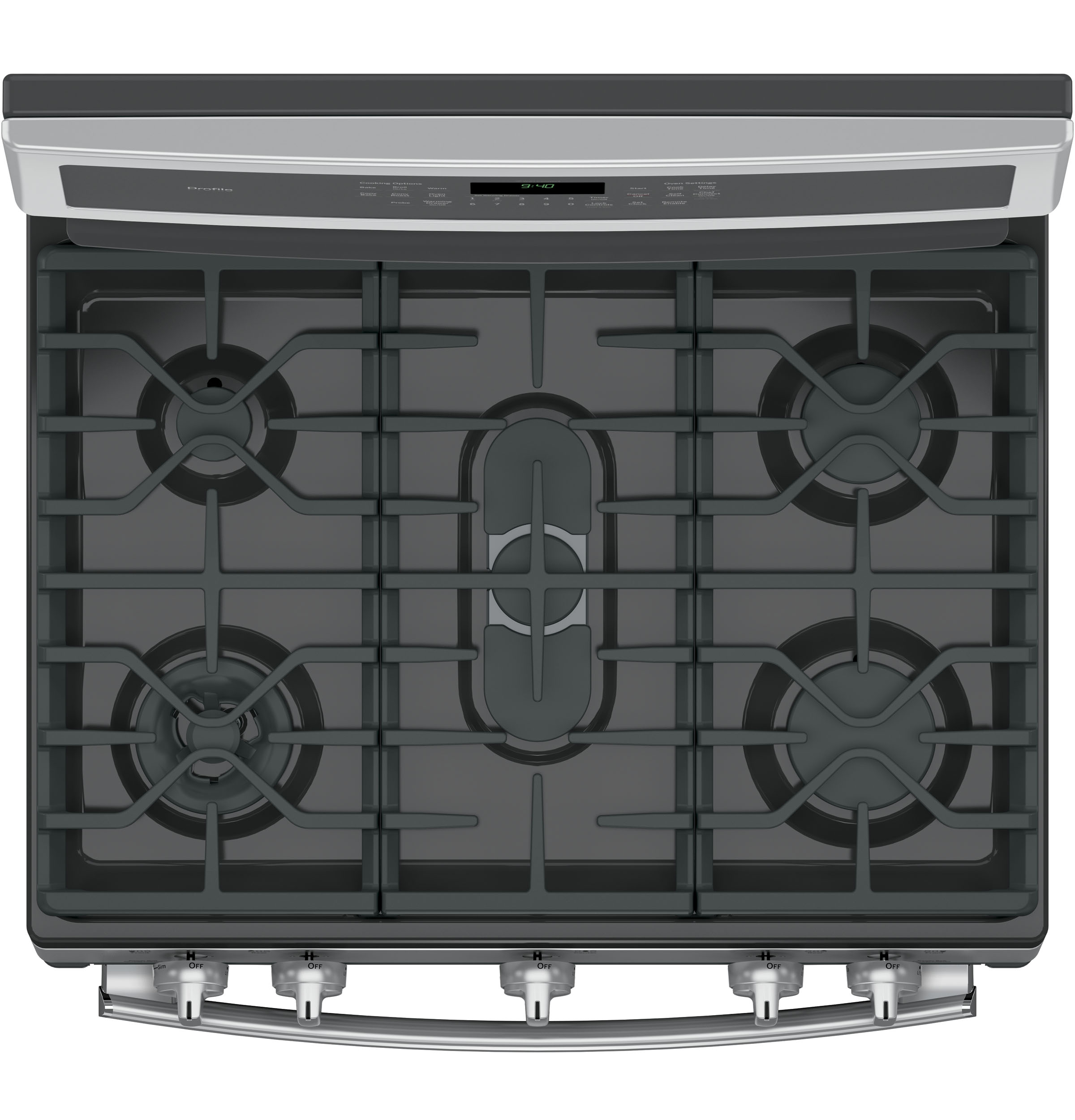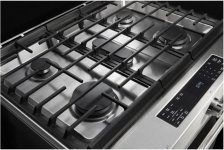Arun L.
TVWBB All-Star
I have an electric range. I want gas.
I am looking at gas range with electric ovens (duel fuel).
Do I meet with contractors to see if a gas line can be installed, and how much? Do I get this installed first?
Or, when I buy a new oven and range, will they do whatever installation is necessary?
Which of these burner layouts do you think would be better for using a 17" cast iron deep dish pan with? While that's not what I mainly cook with, since I'm getting a new range, I want something that would be more helpful with the 17" cast iron, if I can get it.
1) Café C2S900P2MS1 5.6 cu. ft

2) GE Profile P2B940SEJSS 5.6 Cu. Ft.

3) KitchenAid KSDB900ESS 7.1 cu. ft.

I am looking at gas range with electric ovens (duel fuel).
Do I meet with contractors to see if a gas line can be installed, and how much? Do I get this installed first?
Or, when I buy a new oven and range, will they do whatever installation is necessary?
Which of these burner layouts do you think would be better for using a 17" cast iron deep dish pan with? While that's not what I mainly cook with, since I'm getting a new range, I want something that would be more helpful with the 17" cast iron, if I can get it.
1) Café C2S900P2MS1 5.6 cu. ft

2) GE Profile P2B940SEJSS 5.6 Cu. Ft.

3) KitchenAid KSDB900ESS 7.1 cu. ft.

Last edited by a moderator:
